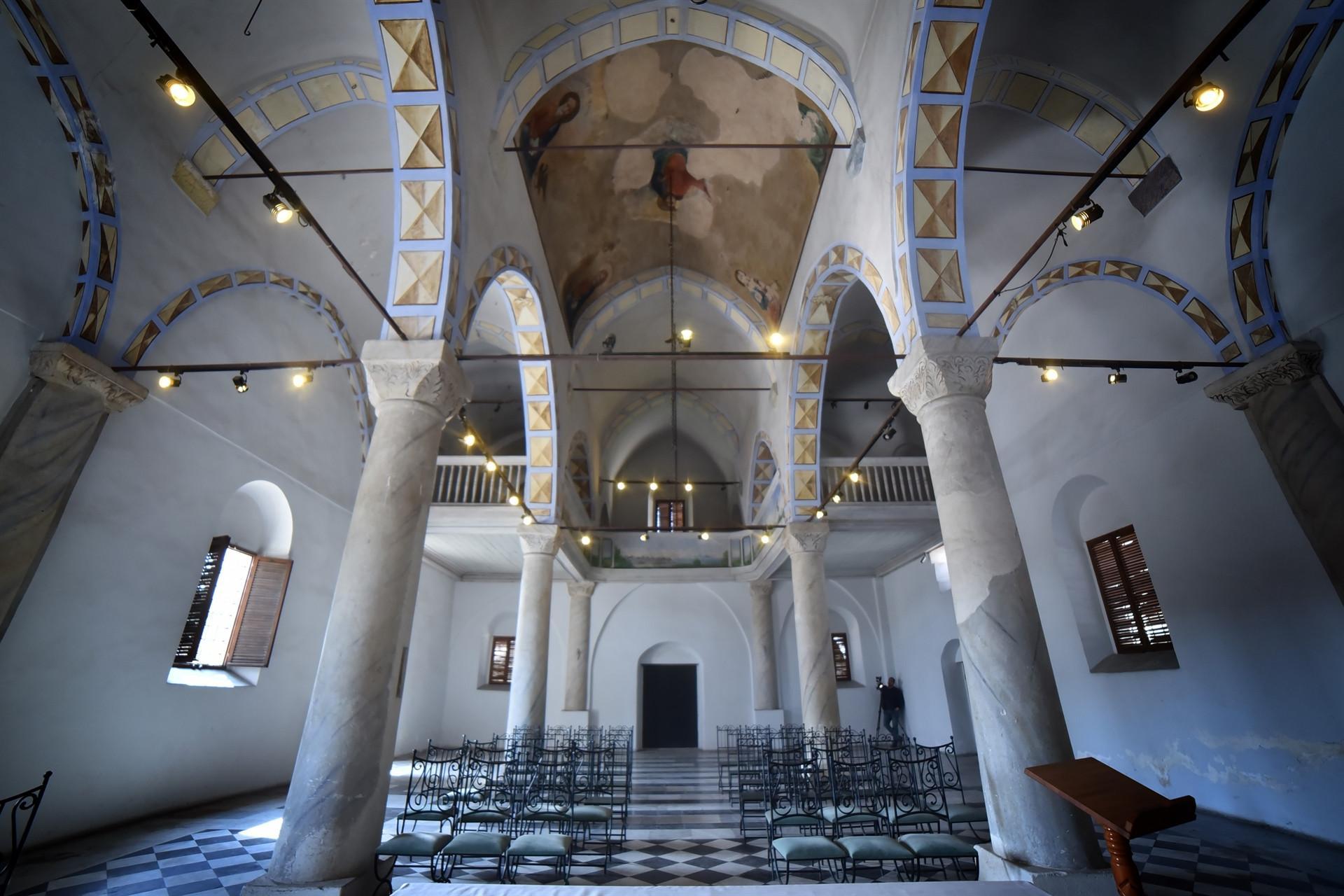
AA Photo
The St. Paul Church, St. Paul’s Well and surrounding historical quarters in the southern province of Mersin’s Tarsus district are among the most important faith tourism attractions in the city and draw the interest of Christians worldwide.
According to data gathered by state-run Anadolu Agency, some 53,736 domestic and foreign tourists visited the area in 2019.
However, officials aim to draw at least 200,000 tourists to visit the church and its surrounding areas in 2020.
Tarsus Mayor Haluk Bozdoğan told Anadolu Agency that the 10,000-year-old historic town has seen many civilizations and empires, from the Hittites to the Ottomans.
“St. Paul has a very important and meaningful place in this city,” he said.
Bozdoğan also conveyed that the church and the well in the yard of the house was included in the UNESCO Tentative List of World Heritage in 2000. He added that a delegation from UNESCO visited the town, accompanied by a team dispatched from the Culture and Tourism Ministry.
“Our greatest target for after 2020 is to be permanently listed in the UNESCO’s World Heritage List and provide a serious number of tourists,” he said.
“There are almost 2 billion Christians around the world. St. Paul is a place they should visit,” he said. He also added that the town has a strategic importance as it bridges Mesopotamia to Anatolia and was regarded as many civilizations’ and empires’ capital for five times.
“We need to tell this place to Turkey, as well as the whole world,” he said.
The historic church, located in St. Paul’s hometown, was taken under protection in 1994 and opened as a monumental museum after restoration work carried out between 1997 and 2001.
Archaeological excavations around the 30-meter well have unearthed cultural layers of the Roman, Byzantine and the Ottoman eras.
Pope Benedict XVI had declared the date between June 28, 2008 and June 29, 2009 as the Year of St. Paul due to his 2000th birthday. After that, the recognition of St. Paul Church and the well increased.
Being visited by many Christians every year, the church and the well also host religious ceremonies from time to time. The architecture of the church has Orthodox and Catholic influences. In the ceiling of its central nave are the frescoes of four apostles: Yohannes, Mattios, Marcos and Lucas.